Definition
A 404 error is an HTTP status code that indicates that the server could not find the requested resource. This typically occurs when a user tries to access a webpage that either does not exist, has been moved, or has been deleted.
Function
The main function of the 404 error is to inform users that the specific page they are trying to access is unavailable. It serves to improve user experience by providing feedback, rather than displaying a blank page. A well-designed 404 error page can guide users back to functional areas of the website, offer search options, or suggest similar content, thus helping to keep them engaged with the site.
Related Terms
- HTTP Status Codes: A set of standardized codes that indicate the result of a server's attempt to process a request, with "404" specifically denoting that the requested resource was not found.
- 301 Redirect: A method used to permanently redirect users and search engines from one URL to another, often implemented to guide traffic from outdated URLs that may result in 404 errors.
- Page Load Time: The duration it takes for a webpage to fully load in a browser; long load times can contribute to increased 404 error occurrences if resources fail to load properly.
Here is the Wikipedia Article
Reading Suggestions
- Understanding Bounce Rates: This article explains what bounce rates are, why they matter for your website's performance, and how to reduce them to keep visitors engaged and minimize 404 errors.
- Crisis Management Plan: This article discusses the importance of having a crisis management plan in place, which can help address issues like broken links and 404 errors, ensuring your website remains reliable and user-friendly.
